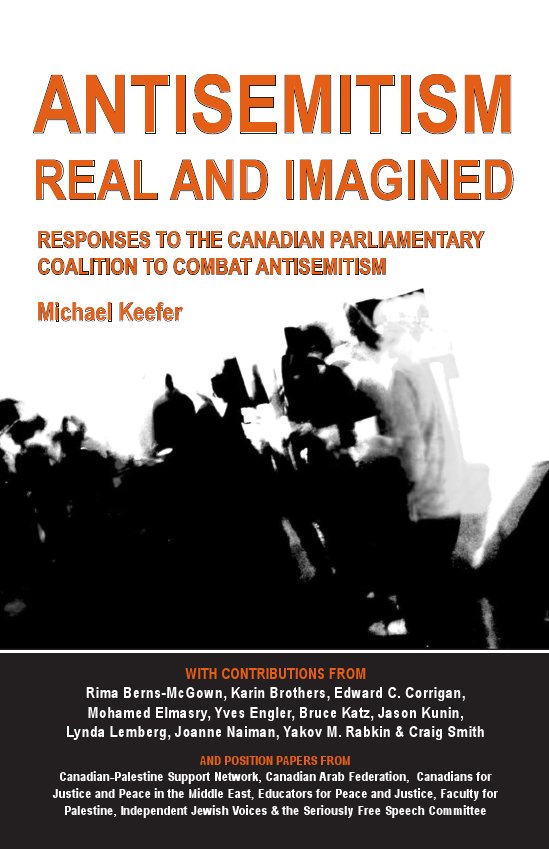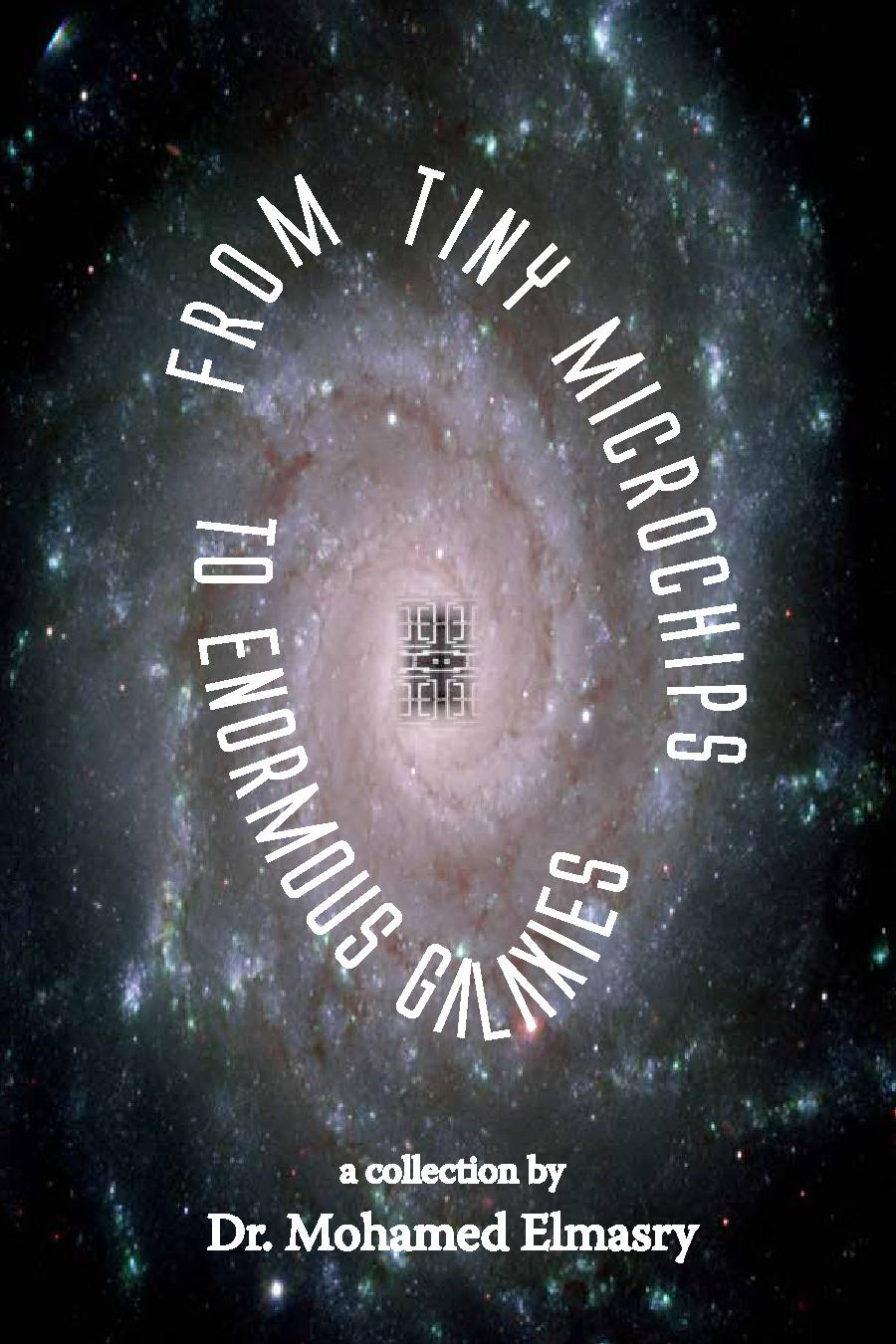October 28, 2010
Canada: Who Gets In?
People are upset because refugees arrive clandestinely by boat. Well, why not have Canadian immigration officials in places like Sri Lanka to screen people so that they don't have to arrive in unseaworthy ships? That is what Ruth Goldbloom proposes.
Goldbloom was a keynote speaker at the Royal Society of Canada’s symposium at the Museum of Civilization in Gatineau on October 15.
She expressed dismay about keeping refugee claimants in detention, especially about a woman giving birth in jail. “We are not really a welcoming country,” she remarked, “though we think we are.” She decried the length of time it takes to become landed and expressed the view that we have room for immigrants, pointing to our large empty spaces.
When asked, the audience indicated by show of hands that the overwhelming number present were either immigrants or children or grandchildren of immigrants. Yet, the public perception is that immigrants are “different”.
Currently, she chairs Pier 21, a museum in Halifax, which was the landing place for many immigrants, a museum dedicated to telling the stories of immigrants. According to Goldbloom, a fifth of all Canadians have some connection to Pier 21, where more than a million arrived between 1921 and 1971, when it was closed. She said that people came because of poverty, religious persecution, war, or to make a better life for their children.
One story she related was of a woman who became a children’s author. She had evaded return to Europe by sneaking off the ship in St. John’s and making her way back to Pier 21. When asked what she thought of the current complaints about such “queue jumping” today, she was “disheartened” by the reactions.
She told the audience that immigrants bring innovation. In confirmation of her observation, that day’s Globe and Mail carried an article headed “Immigrants drive innovation, new study finds,” reviewing a report of the Conference Board of Canada.
Among other symposium presenters were Charles Breton, a Ph.D. student at the University of British Columbia; Naomi Alboim, a Queen’s University professor in policy studies; Sandra Harder, Acting Director General in the Immigration Branch of Citizenship and Immigration; and Peter Li, University of Saskatchewan sociology professor.
Breton pointed to Canadian ambiguity about multiculturalism. In one survey, 85% agreed that multiculturalism is important to Canadian identity and 83% said that it enriches our cultural life. But when asked if immigrants should maintain their own culture or adapt, 77% preferred that they blend, and as for government help in retaining their culture, 66% opposed.
Professor Li told the audience that 19.8% of the population is immigrant, with about 250,000 a year coming in. They come from over 200 different ethnic and religious origins, creating diversity in our population.
Li says that we need immigrants. In order to keep our population from falling, we need a birth rate of 2.1 children per woman, but our current rate is 1.6. That is not enough to balance the death rate and not enough to meet future labor force requirements.
While some people think that the immigration rate is high, he said that the high period of immigration was from 1900 to 1910. Now, the annual rate is less than one per cent. Of those, in 2009 61% were in the economic class, 26% family class, and nine per cent refugees. (The economic class includes provincial nominees.) We are seeing an increase in the economic class, among temporary workers, and among those nominated by provinces. Li noted that economic class admissions mean that there will be a deferring of family class numbers, which are sure to follow. Therefore we are just increasing the backlog.
Of the present crop of immigrants, over 40% are university graduates. Currently, he noted, there are 650,000 temporary immigrants–students and workers. Harder said that there are almost as many temporary as permanent economic class immigrants. That fact was one of Alboim’s concerns. She saw a policy shift that also involves restriction under the skilled worker program and the growth of the provincial nominee program. She noted as well that some in the temporary worker program can move to permanent residence status with Canadian experience.
The skilled worker program lists 29 categories. However, the list includes physicians, and their ability to practice in Canada is hardly assured. Alboim said that occupation-based policies have not worked in the past because labor demands change.
She turned her attention to the provincial nominee program, which has grown from less than 500 in 1999 to over 30,000 in 2009. Her concern is a lack of a national framework, with provincial programs all over the map. Because the provincial programs are based on employer choice, the system means that it is employers who are deciding who will become citizens.
While the temporary worker program is much quicker, she noted that some employers use it to fill permanent positions. She commented that, aside from agricultural workers for whom there are international agreements around standards, temporary workers have few protections against exploitation and mistreatment. They have rights in law, but enforcement is only on a complaint basis. Temporary workers are reluctant to complain because of fear of job loss.
As for low-skilled temporary workers, when their time is up it is likely that many will go underground in an effort to stay.








